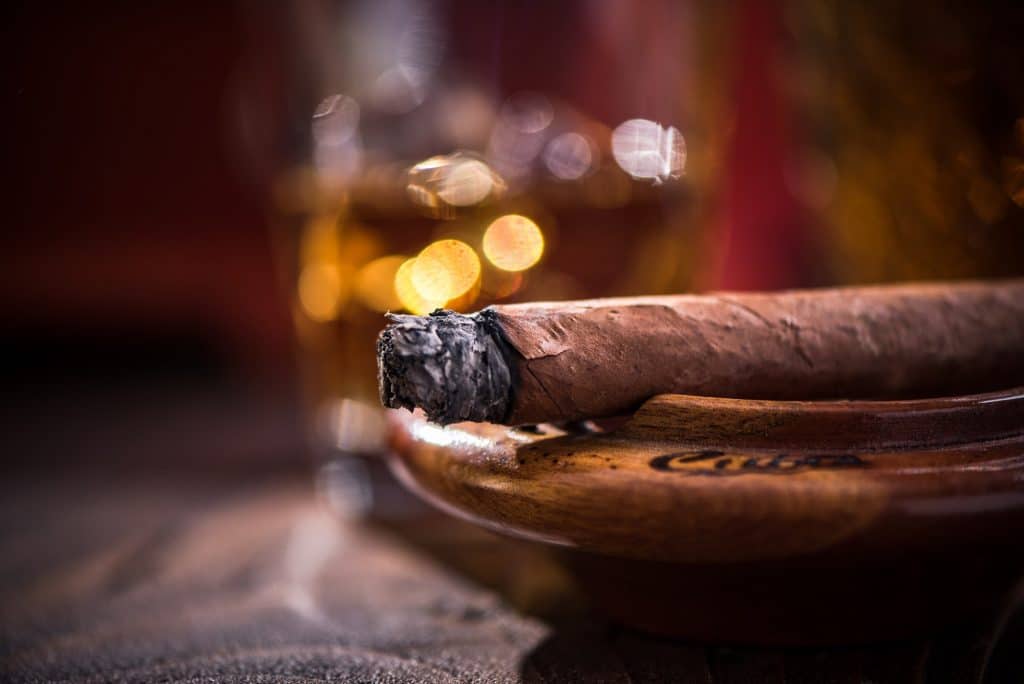It’s estimated that over 200 hands touch each cigar made in Cuba, from the planting of the seed to the final boxing. A prized export and a magnet for tourists, Cuban cigars hold both historic and cultural significance, representing a major national industry and a source of pride.
“Tobacco runs in my blood,” says Hector Luis Preto, a farmer from San Juan y Martinez in Pinar del Rio. IDEAS contributor and freelance writer Pedro Mendes visited Preto’s farm during a trip to Cuba last fall to learn about the cigar-making process and the deep connection Cubans have with tobacco.
“Tobacco is part of my family, part of who I am,” Preto told Mendes, standing in a freshly tilled field prepared for shade-grown tobacco, the delicate leaves used to wrap cigars.
The Growing Impact of Climate Change
Today, farming tobacco in Cuba is becoming increasingly difficult due to climate change. Unpredictable weather patterns, extended rainy seasons, and stronger storms are making it harder to cultivate the crop.
In September 2022, Hurricane Ian devastated the western end of Cuba, leaving the tobacco fields of Pinar del Rio in ruins. Plowed fields turned into lakes, and an estimated 90% of the region’s tobacco curing barns were destroyed.
“A lot of people would be heartbroken to see 20 years of work vanish in just a few hours,” said Preto. “But you just have to close your eyes and get to work, with the goal of planting tobacco again.”
Preto and his family, along with their workers, spent weeks working around the clock to clean up and rebuild, determined to plant that year’s tobacco seeds on time.
“Climate change is real, and it affects us all,” he said. “But we must adapt to these changes. We can’t let climate change end our way of life—we need to find solutions.”
In addition to climate challenges, Cuban tobacco farmers also face economic difficulties, such as labor shortages and decreasing profitability. Global demand for cigars has dropped, leading to lower prices, while U.S. sanctions and a post-pandemic tourism decline have caused an economic crisis within the country. According to a CBC News report from March 2023, these factors have driven Cubans to flee in record numbers due to extreme poverty and political repression.
Tobacco’s Deep Cultural Roots
Despite the current hardships, tobacco remains central to Cuba’s cultural identity. “There are songs, visual arts, and countless works dedicated to tobacco,” says Zoe Nacedo Primo, the former director of Havana’s Tobacco Museum. “Tobacco has always been a vital symbol of our culture.”
Tobacco farmers have also long symbolized nationalism and resistance. In the 1700s, they rose up against Spanish colonial rulers, who had imposed a trade embargo that forced farmers to sell their crops only to the Spanish Crown, at prices set by the Crown rather than the market. Today, the Cuban government holds a similar monopoly on the industry.
The Role of Women in Cigar Making
One often overlooked aspect of the tobacco industry is the role of women. According to Nacedo Primo, women were traditionally barred from production jobs and had to make cigars in secret, selling them at markets.
“There’s something very important that needs to be recognized: the role women have played in cigar production,” she said, noting that their contributions, though hidden, have been significant.

